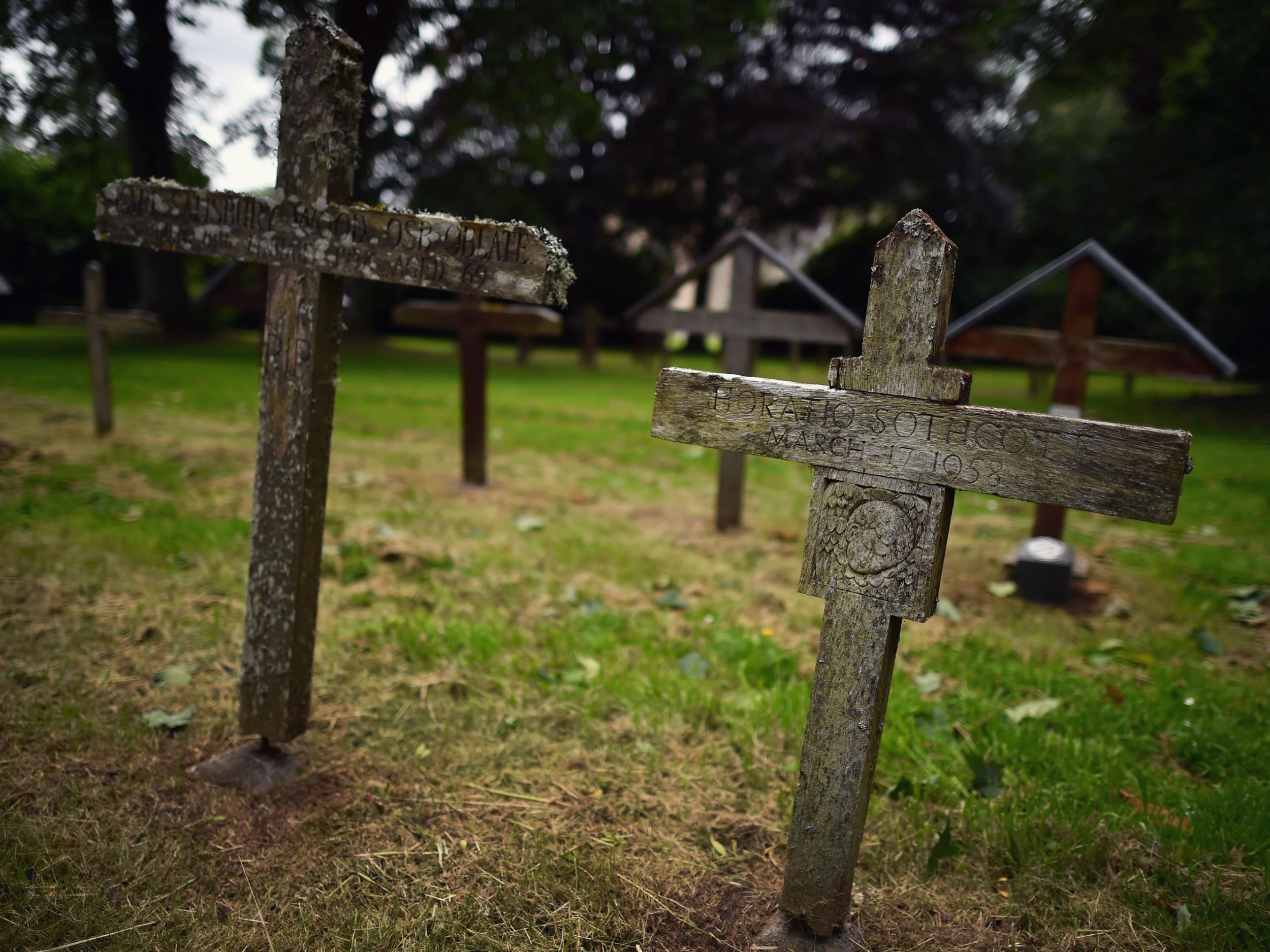Interactive chart reveals likelihood of how and when you will die
The older someone gets the higher the chance they will die from a disease rather than something external

Your support helps us to tell the story
From reproductive rights to climate change to Big Tech, The Independent is on the ground when the story is developing. Whether it's investigating the financials of Elon Musk's pro-Trump PAC or producing our latest documentary, 'The A Word', which shines a light on the American women fighting for reproductive rights, we know how important it is to parse out the facts from the messaging.
At such a critical moment in US history, we need reporters on the ground. Your donation allows us to keep sending journalists to speak to both sides of the story.
The Independent is trusted by Americans across the entire political spectrum. And unlike many other quality news outlets, we choose not to lock Americans out of our reporting and analysis with paywalls. We believe quality journalism should be available to everyone, paid for by those who can afford it.
Your support makes all the difference.“Nothing can be said to be certain, except death and taxes,” said Benjamin Franklin and now it may be just as easy to calculate how you may die as it is to add up your money.
An interactive chart is allowing people to calculate the likelihood of how and when you will die based on your sex, race and age.
The simulation, created by Nathan Yau, a statistician with a PhD in statistics from UCLA, shows the likelihood of a person dying from a range of causes including cancer, infection and circulatory problems.
Using information form the Underlying Cause of Death database, maintained by the Centres for Disease Control and Prevention and based on death certificates of those who died between 1999 and 2004 in the US, the chart shows how the age you are today can affect what you are most likely to die of at various stages in your life time.
For example, a baby born today is most likely to die in the first stages of life from a congenial problem, while a middle aged person is more likely to die in later life from circulatory problems or cancer.
Dr Yau explains that after entering your information into the chart, each coloured dot that appears “represents one of your simulated lives."
"As each year passes, more of your simulated selves pass way. Colour responds to cause of death and the bars on the right keep track of the cumulative percentages.”
By the end of the simulation you are left with the chances that you will die of each cause.
If you die at a young age the chart shows you are more likely to be killed by external factors, a 10-year-old girl, for example, is much more likely to be killed by an “external factor”, such as an accident, if they die in their teens.
The older someone gets the higher the chance they have of dying from a disease, rather than something external.
Over 80 years old there is over a 40 per cent chance you will die from circulatory problems, regardless of your demographic group, according to Dr Yau.
“This surprised me,” said Dr Yau, “because it seems like cancer would be the leading cause just going off general news.
“This is certainly true up to a certain age, but get past that and your heart can only keep going for so long.”
In England the biggest cause of death is heart and circulatory disorders, according to NHS data complied from registered deaths in England and World Health Organisation figures.
This is followed by cancer and respiratory disorders.
Join our commenting forum
Join thought-provoking conversations, follow other Independent readers and see their replies
Comments